Which Wine Estate for Your Profile? Installation, Career Change or Investment in the Loire Valley
Table of contents
- I Want to Become a Winemaker: Which Type of Estate Is Best to Start With?
- Changing Careers: Taking Over, Reviving or Restructuring a Wine Estate
- Investors: Diversifying Your Assets with a Tangible Investment
- Established Winemakers: Expanding or Diversifying to Strengthen Your Estate
- Selling Your Estate: Understanding Buyer Profiles to Sell Better
- Conclusion
- To Learn More
The wine industry today attracts an ever-wider range of profiles.
Starting a vineyard, changing careers to become a winemaker, investing in an estate, or expanding an existing business — every project is unique, and so is every estate!
From size and equipment to appellations, commercial or wine tourism potential, finding the right balance between your goals, your skills, and the realities of the land is key.
Clearly defining your project is essential to choosing the right estate and ensuring its success.
At Ampelio, we guide a wide variety of aspiring and established wine professionals each year — from young employees and first-time growers to investors and experienced winemakers — helping them find a wine estate that fits their vision.
In this article, we’ll help you identify which profile best describes you, explore the opportunities available in the Loire Valley, and imagine the vineyard that could become your own.
And if you’re looking to sell, this overview will also help you better understand what today’s buyers are looking for.

I Want to Become a Winemaker: Which Type of Estate Is Best to Start With?
The Profile
You’re already employed in the wine industry. Perhaps a recent graduate, a vineyard worker, engineer or technician, working close to the vines or in the cellar. You know the craft: vineyard cycles, winemaking techniques, and often even the basics of sales and marketing.
Now, you’re ready to take the next step: to become independent, produce your own wines, and build a project that truly reflects your vision.
Such ventures are often launched in pairs, as a couple or with a business partner bringing complementary skills.
But whatever your setup, the transition from employee to estate owner doesn’t happen overnight.
It’s essential to understand your strengths, anticipate your needs, and choose a vineyard of the right size: large enough to ensure economic viability, yet not so big that it becomes unmanageable for one or two people.
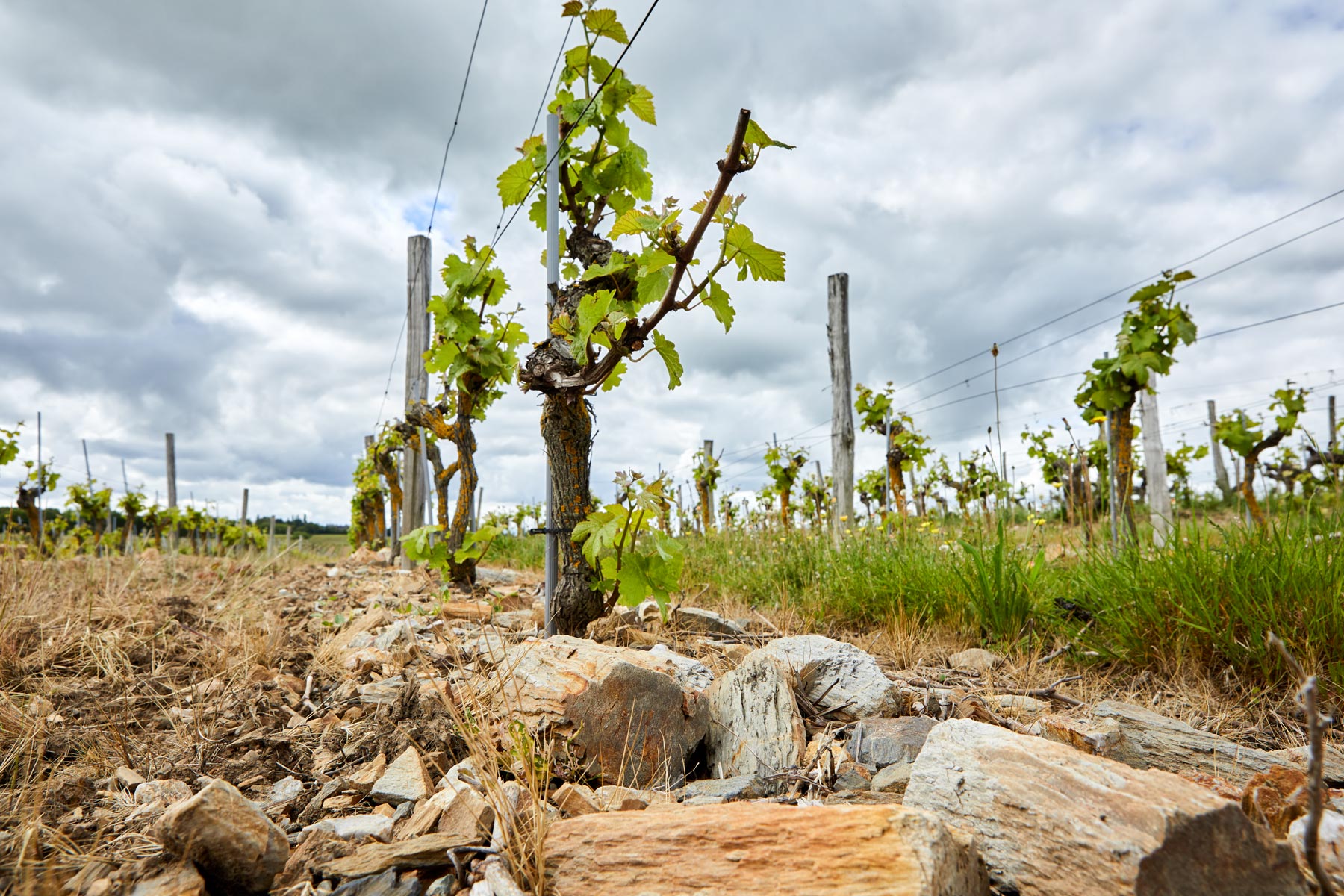
The Estate
Surface Area:
For a first installation, it’s best to aim for a human-scale estate, typically between 5 and 15 hectares.
The goal: to manage everything efficiently without becoming overloaded, while maintaining a level of production that ensures a stable income.
Buildings:
The operating facilities should be functional and not require major reinvestment in the short term.
A residential house on the property is also a valuable asset, allowing you to build your personal life around your wine project.
Support:
Depending on your level of experience, technical support during the handover phase isn’t always necessary, except when it comes to taking over the day-to-day operations.
In some cases, the outgoing owner can act as an occasional advisor, a helpful presence during the first few months.
Location:
When it comes to location, several appellations in the Loire Valley are particularly well suited for a first vineyard project:
- Muscadet, for its still-accessible land prices and promising development prospects;
- Anjou, for its wide range of appellations and strong value for money;
- Chinon, Bourgueil, Saint-Nicolas-de-Bourgueil, as reliable names in the Loire’s red wine market;
- Vouvray and Montlouis, to join a prestigious, fast-growing niche appellation.
Commercial Strategy:
From a commercial standpoint, everything depends on your skills.
A balance between professional distribution (to merchants or importers) and direct-to-consumer sales is often ideal when starting out.
This model can also be complemented by wine tourism activities, which enhance the estate’s visibility and create a lasting connection with your clientele.e par des activités œnotouristiques qui valorisent le domaine et créent un lien fort avec la clientèle.
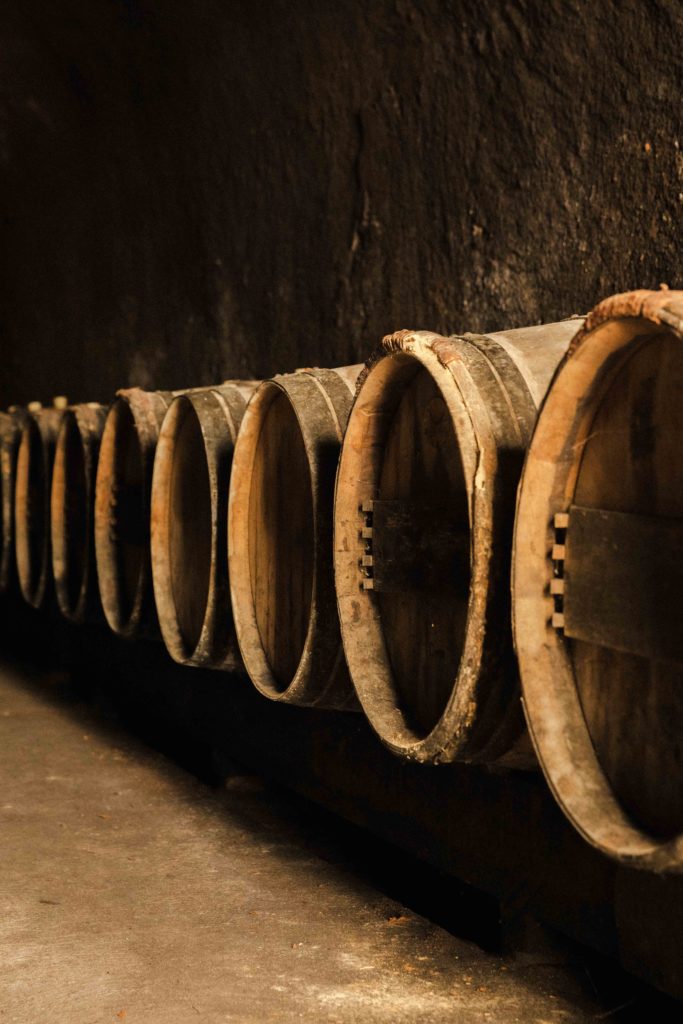
Our Advice
- Think long term: don’t just look for a turnkey estate, but rather for a structure you can develop and adapt over time.
- Control your budget: insufficient equity is one of the main obstacles to setting up your own wine business. Anticipate this early on in your financial plan.
- Take advantage of available support schemes: from the Young Farmer Grant (DJA) and low-interest loans to regional support programs, there are many initiatives designed to help you get started.
- Keep learning even with experience: areas such as management, regulations, or agroecology are often underestimated but crucial for long-term success.
- Build your network: cooperatives, professional unions, former owners, and other newly established growers are valuable allies. Surrounding yourself with the right people will help you move forward with confidence.
Changing Careers: Taking Over, Reviving or Restructuring a Wine Estate
The Profile
You’ve built solid professional experience outside the wine industry, perhaps in management, marketing, or business administration.
But now, you’re seeking something different: a slower pace, a return to the land, the chance to craft a wine that reflects your own values, and to build a meaningful, purpose-driven project.
You’ve decided to take the leap into a career change, perhaps through formal training in viticulture or winemaking, or by meeting winegrowers and immersing yourself in the world of wine to understand its realities.
You have a clear vision of what you want to create — but you may still lack the technical know-how or the benchmarks needed to choose the right estate.
It’s a demanding yet deeply rewarding adventure, provided you’re well prepared.
The Estate
When changing careers, it’s generally best to start with an estate that’s already operational — one with existing infrastructure and untapped potential for development.
The goal is simple: to find your footing gradually, without becoming overwhelmed from day one.
Surface Area:
Ideally, look for an estate of under 30 hectares, suitable for being managed alone or with a small, dedicated team.
Buildings:
Functional facilities with room for improvement. Renovation work can be planned over time but should not be an urgent necessity.
Support:
Guidance is essential. Whether it comes from a supportive former owner or an experienced employee, such mentorship will help you better understand the many facets of the winegrowing profession.
Location:
Several areas of the Loire Valley are particularly well suited for this kind of project:
- Anjou, for its diversity of terroirs and estate formats;
- Saumur, Chinon, Bourgueil, Saint-Nicolas-de-Bourgueil, for their solid, well-established appellations;
- Vouvray and Montlouis, if you’re aiming for a fast-growing niche appellation;
- Touraine, for larger estates offering strong potential for restructuring and development.
Commercial Strategy:
From a marketing perspective, the possibilities are wide open.
With your background in management or marketing, you can explore multiple sales channels, from direct sales and bulk trade to retail and export.
It’s up to you to design the business model that best reflects your vision and strengths.
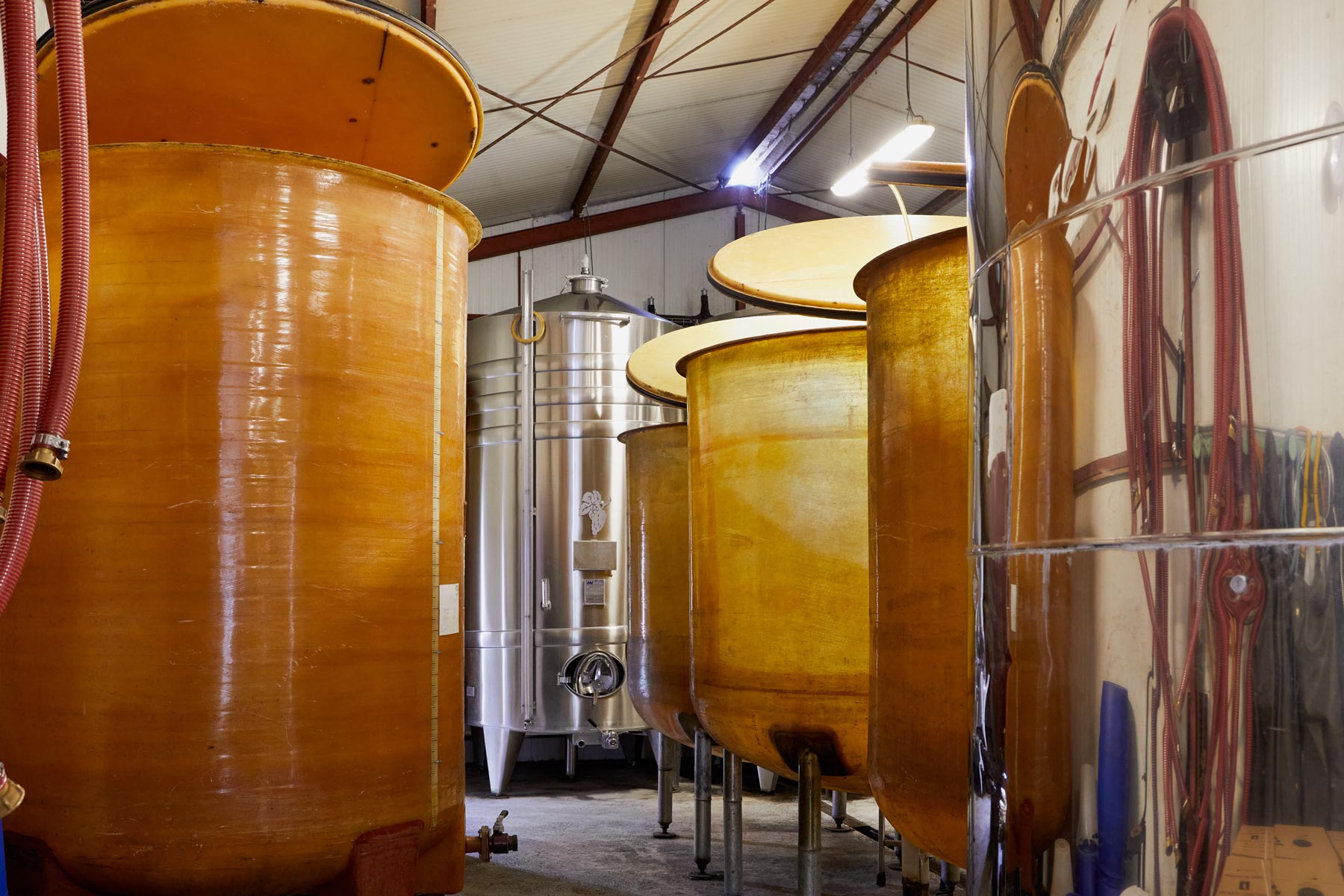
Our Advice
- Consider your personal balance: your place of residence, your partner’s career, your children’s schooling. A successful project must fit naturally within a coherent lifestyle.
- Get trained as a winemaker, even if you already have strong support around you. The realities of vineyard work require solid foundations in both viticulture and oenology.
- Stay close to the field: internships, harvest work, vinification experience, and conversations with local growers: these hands-on experiences will sharpen your understanding and help you refine your project.
- Think long term: a wine estate evolves over time. Start planning now for future replanting, marketing strategies, and upcoming investments.
Investors: Diversifying Your Assets with a Tangible Investment
The Profile
Whether you’re still active in your career or approaching retirement, one thing is certain — you’ve always been passionate about wine.
Now, you’re ready to take that passion a step further by becoming directly involved in the wine industry.
Your motivations may vary: owning a bottle from your own vines, diversifying your assets, passing on a tradition of craftsmanship, or supporting a young winemaker as they launch their business.
Your involvement can be purely financial — or more hands-on.
With your background, you’ve developed valuable skills in management, marketing, leadership, or sales, which you can channel into a meaningful wine project.
Investing in a vineyard also means supporting a region’s vitality and helping preserve a centuries-old profession for the future.
The Estate
Depending on your vision, several options are available to you:
- Purchase vineyard land and lease it long-term through a rural tenancy agreement;
- Acquire a full estate, keeping the existing team in place or appointing a new management structure;
- Co-invest alongside a winemaker, contributing to a project of establishment or expansion.
In this type of investment, the structure and stability of the estate matter more than its surface area. You’ll want to prioritize:
- A functional operation, or one requiring improvements where your investment can add value;
- A winemaker or autonomous team already in place, or a strong project leader with whom you can build a relationship of trust;
- A location aligned with your preferences and base of operations — across the Loire Valley, many appellations offer exciting opportunities, with terroirs undergoing dynamic development.
As for the business model, the sales channels, whether direct-to-consumer, trade, export, or retail, matter less than the project’s structure and financial viability.
What truly counts is the coherence of the model and the estate’s capacity for long-term sustainability.e à se projeter dans le temps.
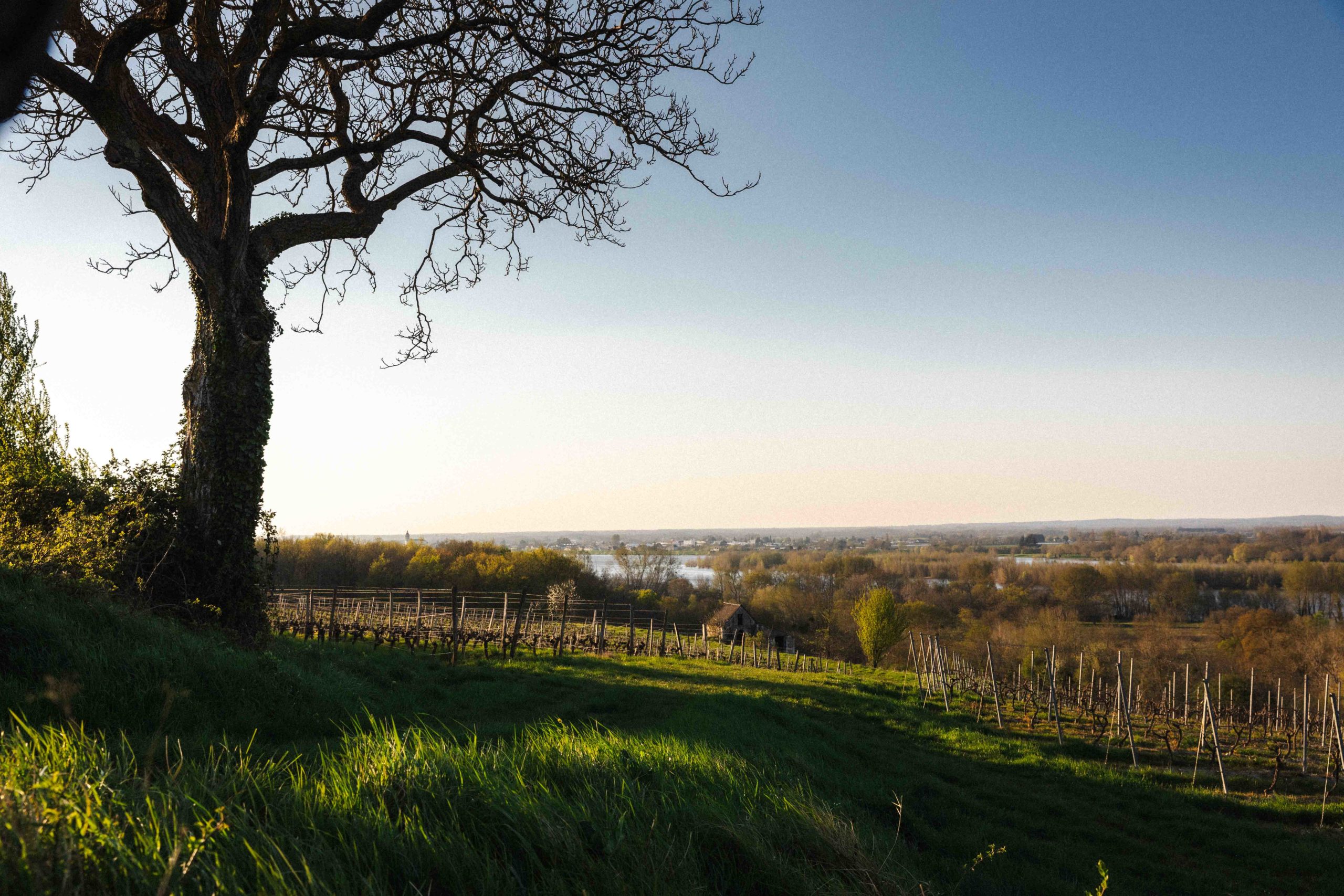
Our Advice
- Define your level of involvement: do you want to take an active role in sales, communication, or management or would you prefer a more passive position?
- Pay close attention to the business model: profitability, distribution channels, and wine positioning, every figure should be transparent and carefully analyzed.
- Ensure proper legal structuring: depending on your status, consider purchasing as an individual, through a company structure (SCI, GFA), or under a shared-ownership arrangement.
- Plan for succession: this kind of investment is often part of a long-term, intergenerational vision. Think ahead about how the estate will be managed in the future.
Established Winemakers: Expanding or Diversifying to Strengthen Your Estate
The Profile
You’re already established perhaps for several years. You know your vineyard, your terroir, and your distribution channels inside out.
But now, you feel it’s time to take things a step further. Whether to increase your production area, diversify your range, or meet growing demand, you’re looking for a complementary estate. Your project may be driven by several goals: improving profitability, securing grape supply, broadening your wine portfolio, strengthening your production tools or team, developing wine tourism or simply seizing a strategic opportunity in a region you already know well
.
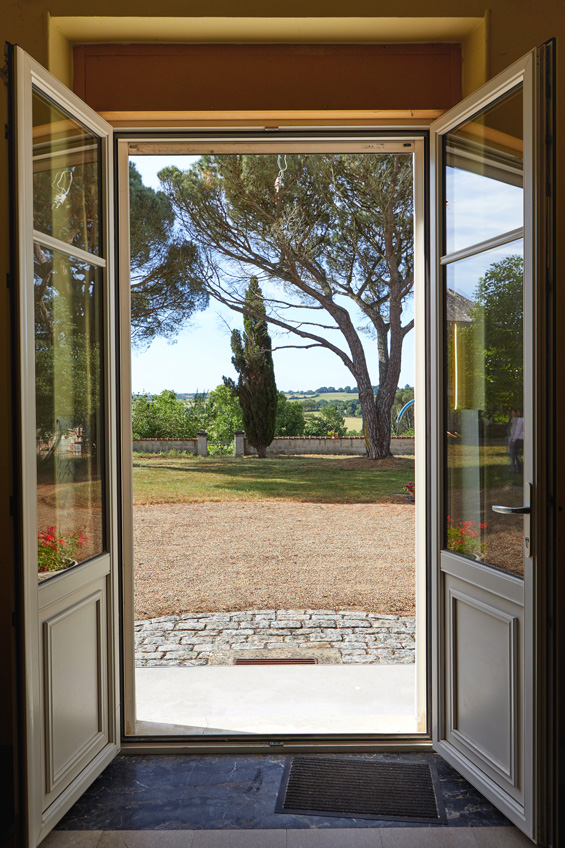
The Estate
Surface Area:
This will vary depending on your goals from acquiring a single vineyard parcel to taking over an entire estate, depending on the scale of your project.
Buildings:
Facilities are valuable if they bring a real logistical or commercial advantage — such as a tasting room, a winemaking cellar, or a storage warehouse. The relevance will also depend on whether your objective is to expand your production or diversify your range.
Team:
Depending on the estate’s size, make sure the workforce can operate autonomously or be easily integrated into your current structure.
Location:
Ideally close to your main base of operations, or within a complementary appellation that allows you to broaden your portfolio.
Commercial Strategy:
You already have established sales channels. The goal here is either to increase your production volumes or to expand your range under your own brand.
Our Advice
- Adopt a strategic vision: every acquisition should fit into your long-term business plan. Think in terms of complementarity, product consistency, and logistics.
- Assess true profitability: beyond land value, analyze the production structure, fixed costs, and workforce management to ensure financial balance.
- Plan ahead for succession: an expansion project can also serve as a step toward family transition or partnership handover. Keep this perspective in mind as part of your overall strategy.
- Be ready to act quickly: depending on your region, opportunities can be rare. Define your criteria in advance so you can make swift decisions without compromising the coherence of your business model.
Selling Your Estate: Understanding Buyer Profiles to Sell Better
You own a wine estate in the Loire Valley and are considering passing it on. Perhaps you’re approaching retirement, or maybe you simply wish to hand over the reins and start a new chapter.
Whatever your situation, the success of your sale largely depends on your ability to understand today’s buyer profiles and expectations.
The market has evolved, buyer profiles have diversified, and so have their selection criteria.
By identifying early on which type of buyer your estate is most likely to attract, you significantly increase your chances of selling successfully, at the right price, within the right timeframe, and under conditions that satisfy both you and the new owner.
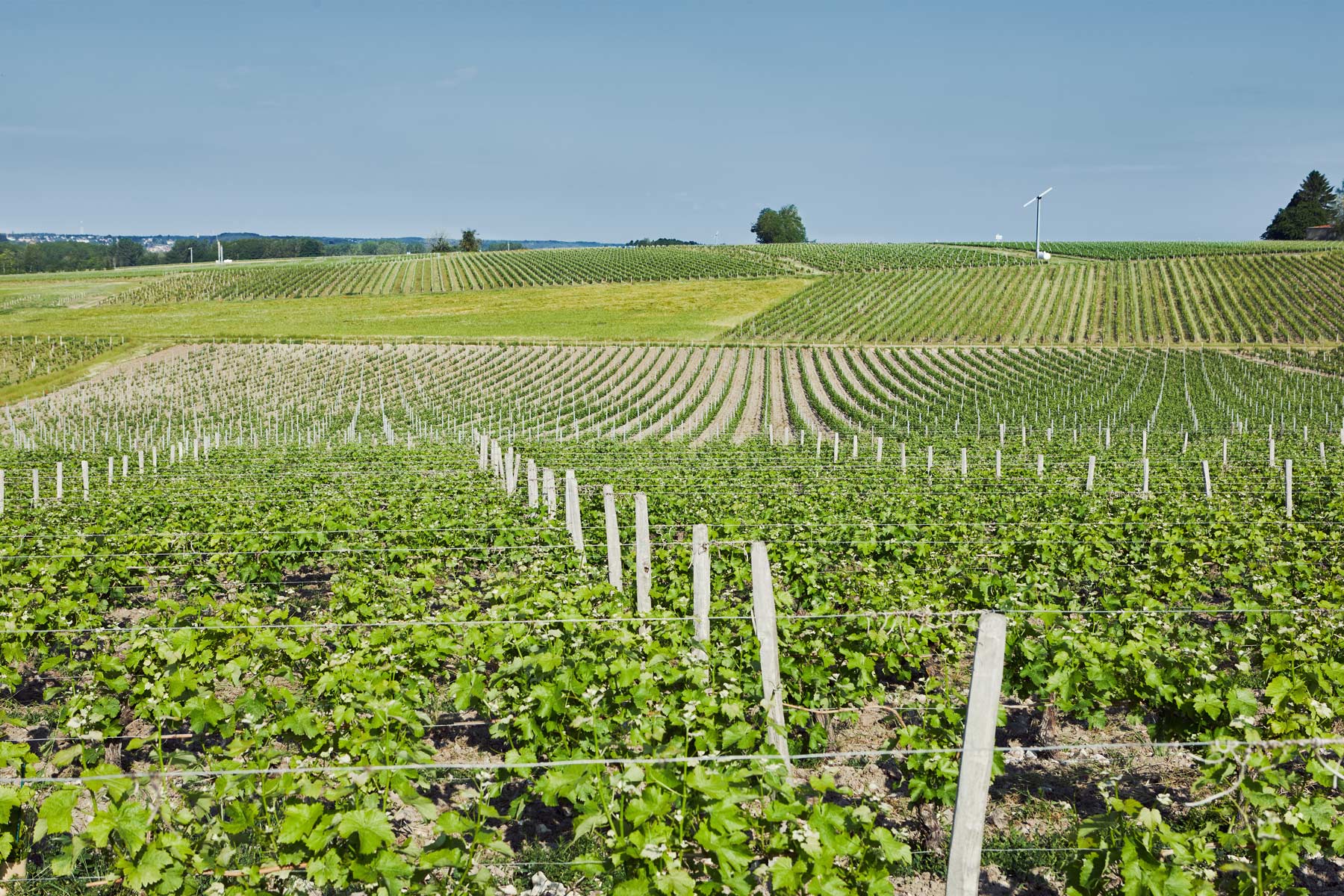
Which Buyer Profile Matches Your Estate?
- A human-scale, well-maintained estate that’s easy to hand over?
It could be ideal for a young professional from the wine industry looking to take their first step toward independence. - A strong production setup, a recognized brand, or a healthy vineyard?
This may appeal to a career changer seeking to structure a new professional venture in winemaking. - An estate with an established team, consistent yields, and sound management?
You might attract an investor looking for a stable, reliable asset. - Selling one or several parcels, or a secondary site?
A neighboring winemaker looking to expand or diversify their operation could well be your future buyer.
Our Advice for Showcasing Your Estate
- See your estate through the eyes of a buyer: be transparent about both your strengths and areas for improvement. Prepare all technical, financial, and commercial documentation in advance.
- Take care with presentation: cleanliness, easy access to buildings, well-maintained equipment, and clear stock management — these details go a long way in reassuring potential buyers.
- Be ready to support the transition: for certain buyer profiles, technical guidance or a short handover period can make all the difference.
- Rely on expert support: a specialized advisor such as Ampelio can help you assess your property, identify the right buyer profiles, and structure the transaction securely and efficiently.
- Stay open to flexible arrangements: staggered sales, lease-purchase agreements, or temporary partnerships — vineyard transfers are not always linear, but they can be highly successful when well planned.
Transferring a wine estate is much more than a transaction: it’s the passing on of a working tool, a living heritage, and a story.
By understanding who might write the next chapter, you make the transition smoother and give your vineyard the best chance to carry your values forward
Conclusion
Starting out, changing careers, investing, or expanding your vineyard, every wine project is unique. It reflects a personal journey, an ambition, a chosen lifestyle… and it takes shape gradually, balancing individual aspirations with the realities of the land.
Buying or selling a wine estate is, above all, a matter of alignment between a human story, a territory, and an opportunity.
The right match, between vision, skills, location, business model, and potential, is what determines the success of any transfer or acquisition.
This article is not meant to provide ready-made answers, but rather to offer guidance to help each aspiring buyer or seller gain perspective, define priorities, and move forward with clarity.
Because embarking on such an adventure requires careful preparation, it’s essential, whatever your profile, whether you’re a young grower, an investor, a career changer, or a property owner to seek the right support.
At Ampelio, a consultancy specializing in the transfer of Loire Valley wine estates, we support you at every step from defining your project to completing your sale or acquisition.
With in-depth local expertise and a people-focused approach, we help build strong, balanced, and sustainable projects ensuring that every vineyard continues to thrive and carry its story forward.
To Learn More
- Buying a Vineyard Estate in the Loire Valley: A Sound Investment in Wine
- Vineyard Acquisition Timeline: Key Steps to Know
- Vineyard Transfer: Which Advisors Should You Rely On?
- What Budget Do You Need to Buy a Vineyard Estate? Costs, Key Factors & Expert Advice
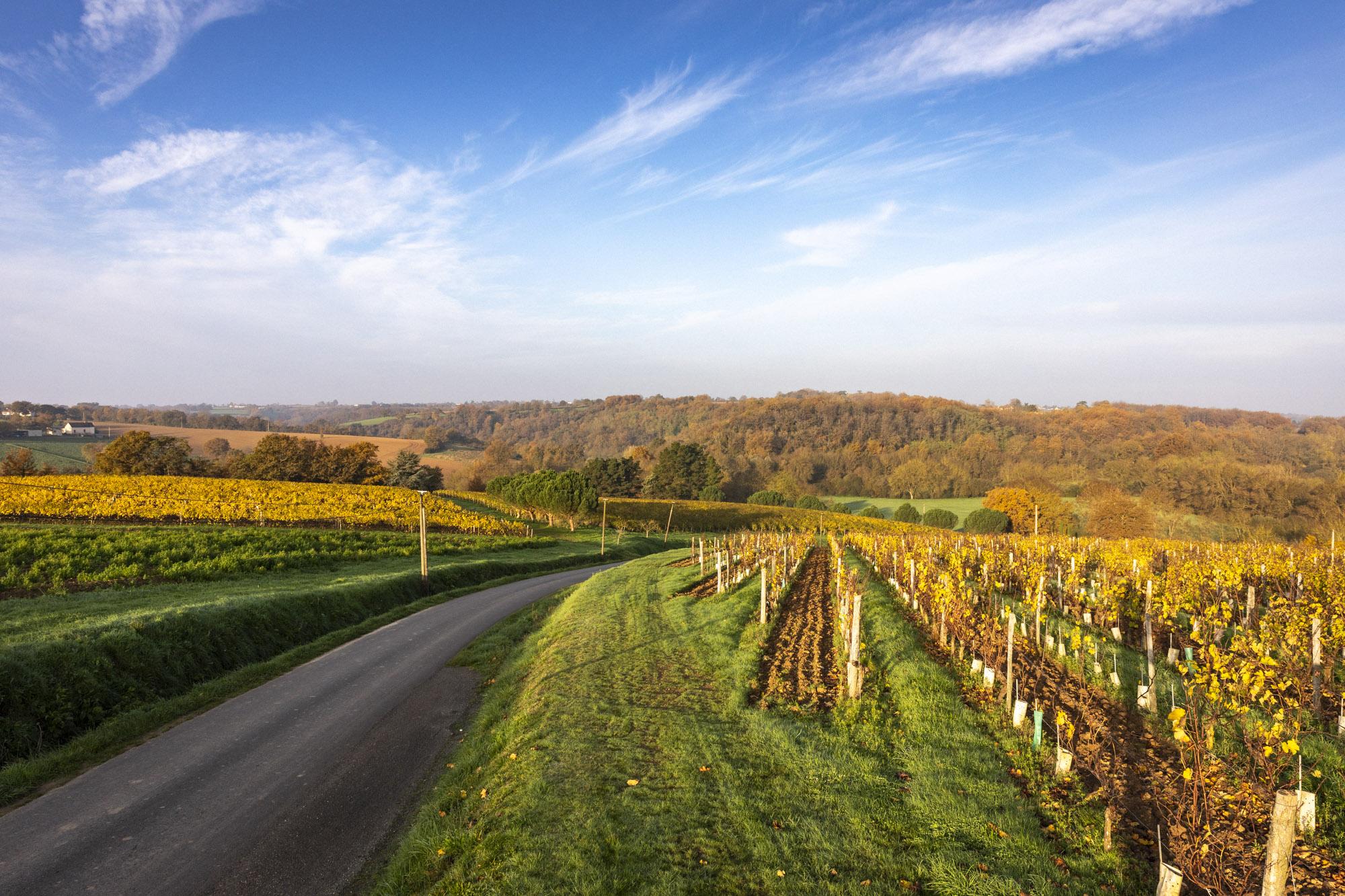
At Ampelio, our mission is to create the right match between a wine estate and its future owner. We place people at the very heart of our work.
In every transfer, our main concern is ensuring that the association is lasting, sustainable, and balanced — so that each party can thrive and find value in the project. The economic future of the wine estate is also a key element we take into account.
We actively support these transitions and dedicate all our expertise to serving each project.
Do you have a question about selling or buying a wine estate?
Our team will be delighted to discuss your project with you and answer all your questions.
Ampelio brings over 10 years of experience in supporting and advising on wine estate transactions in the Loire Valley.
